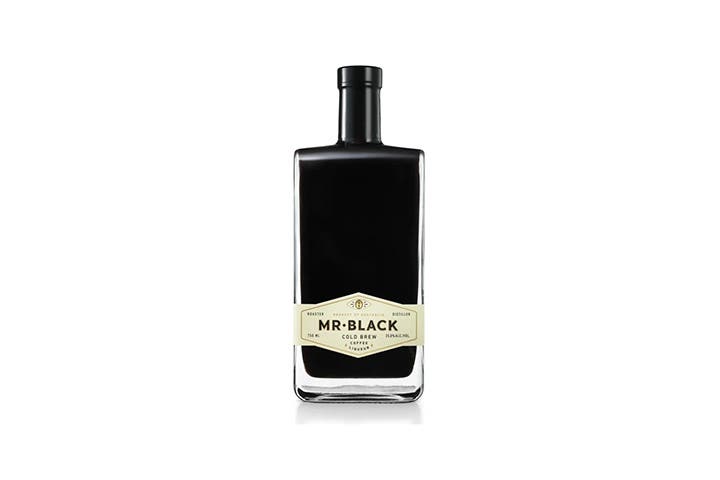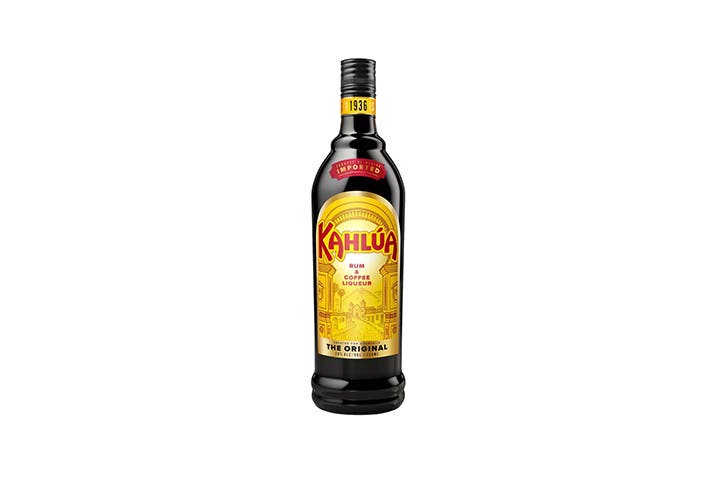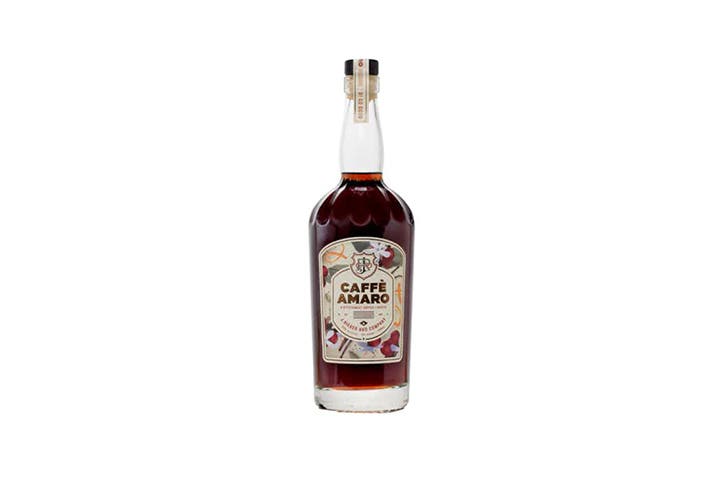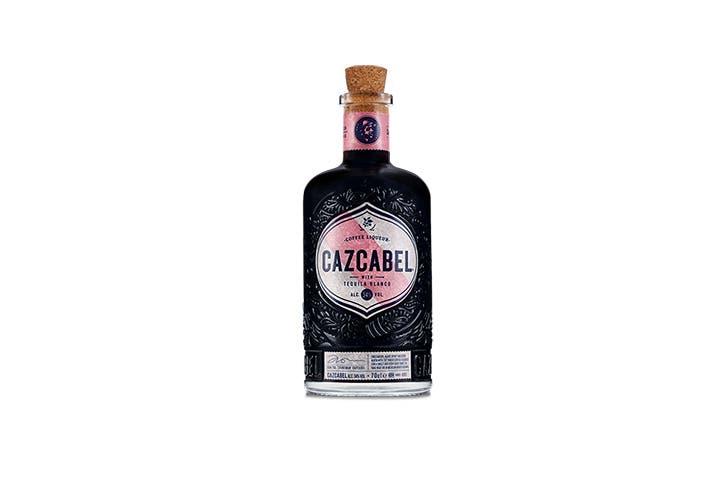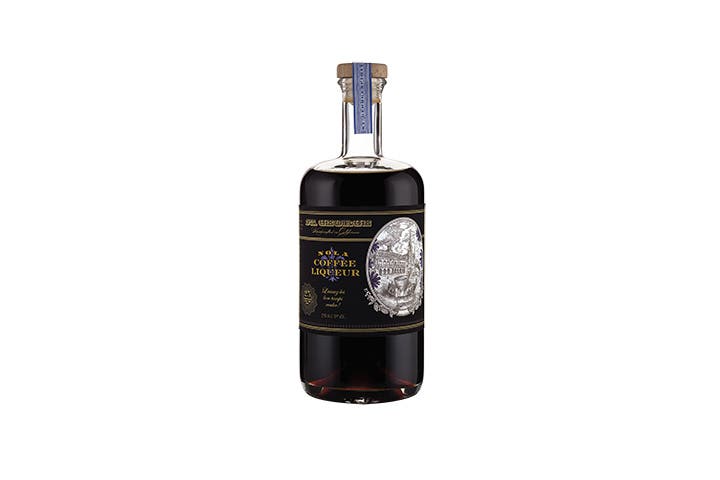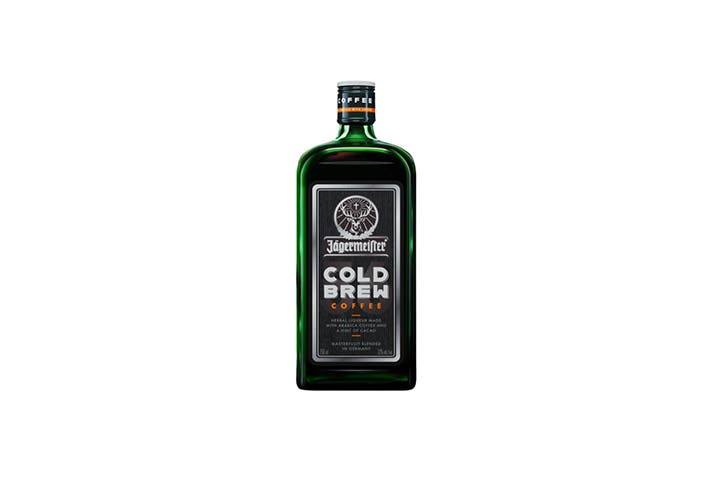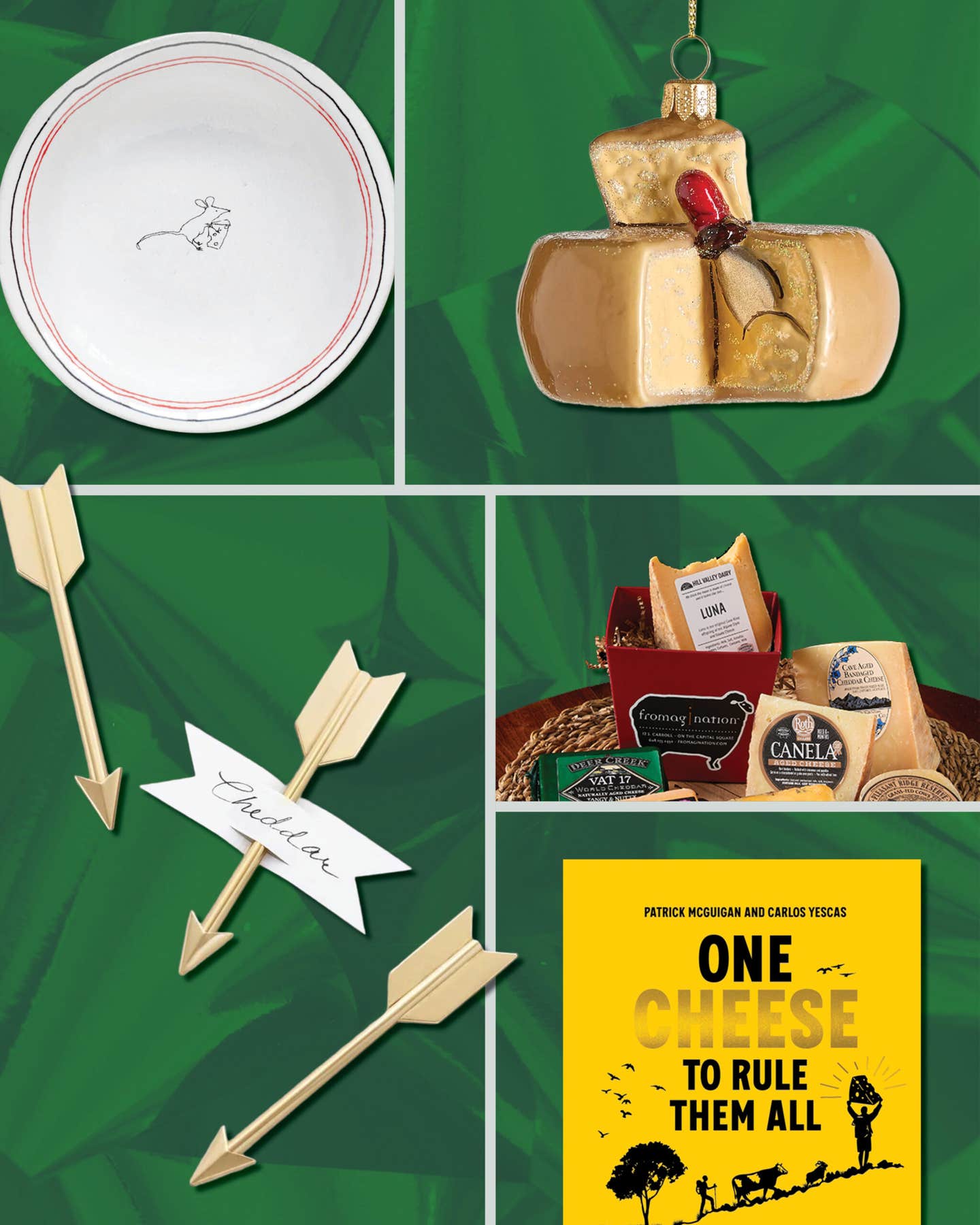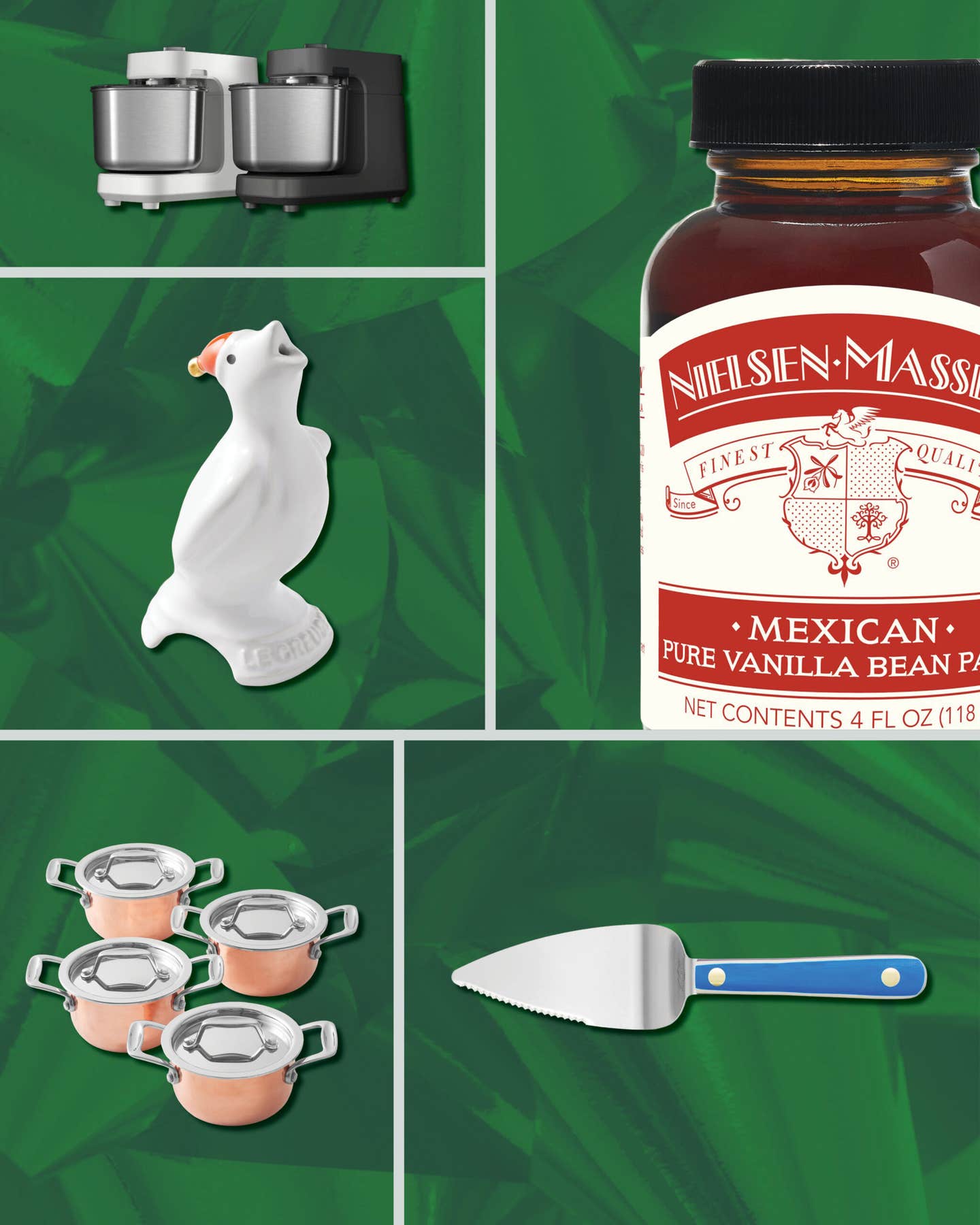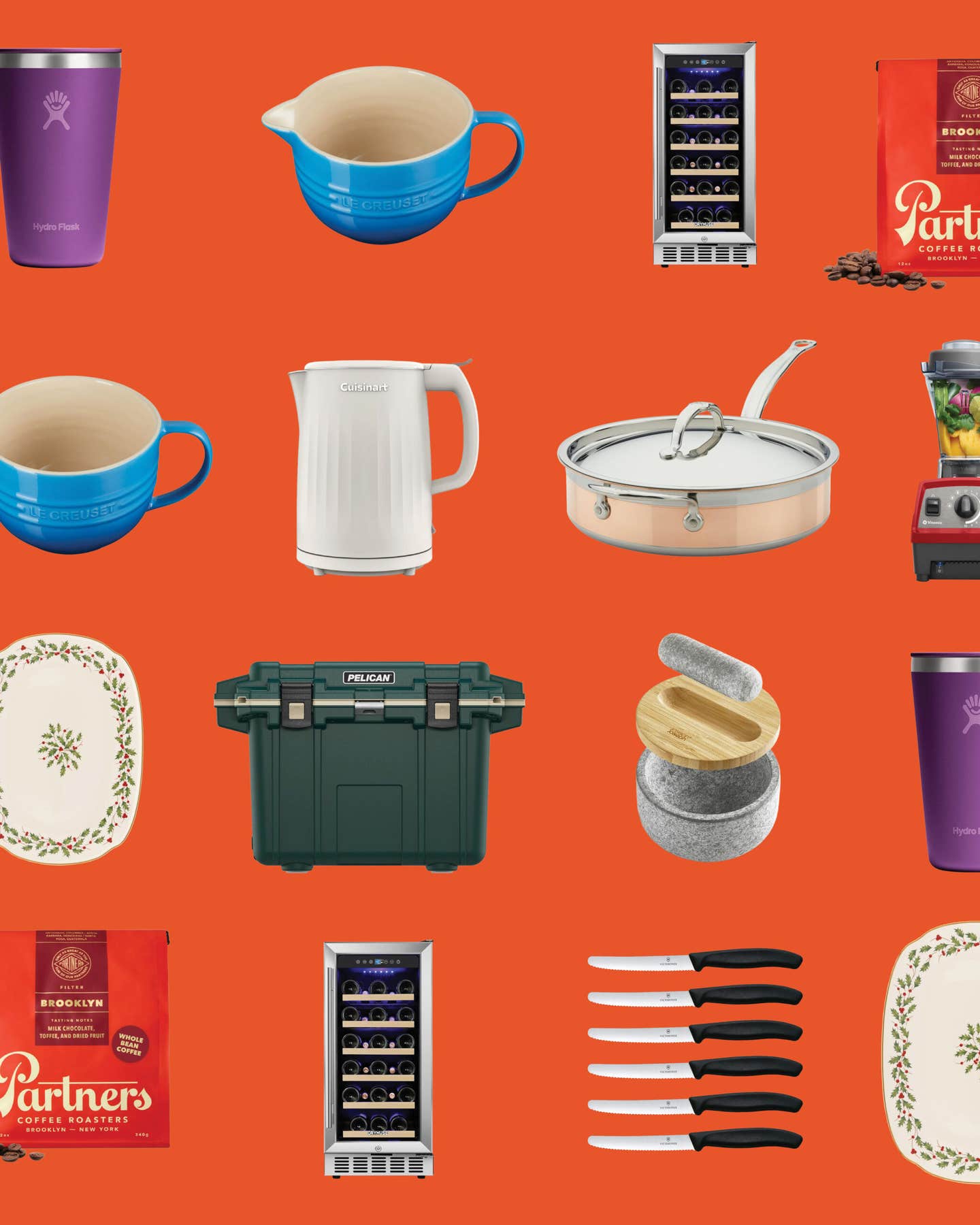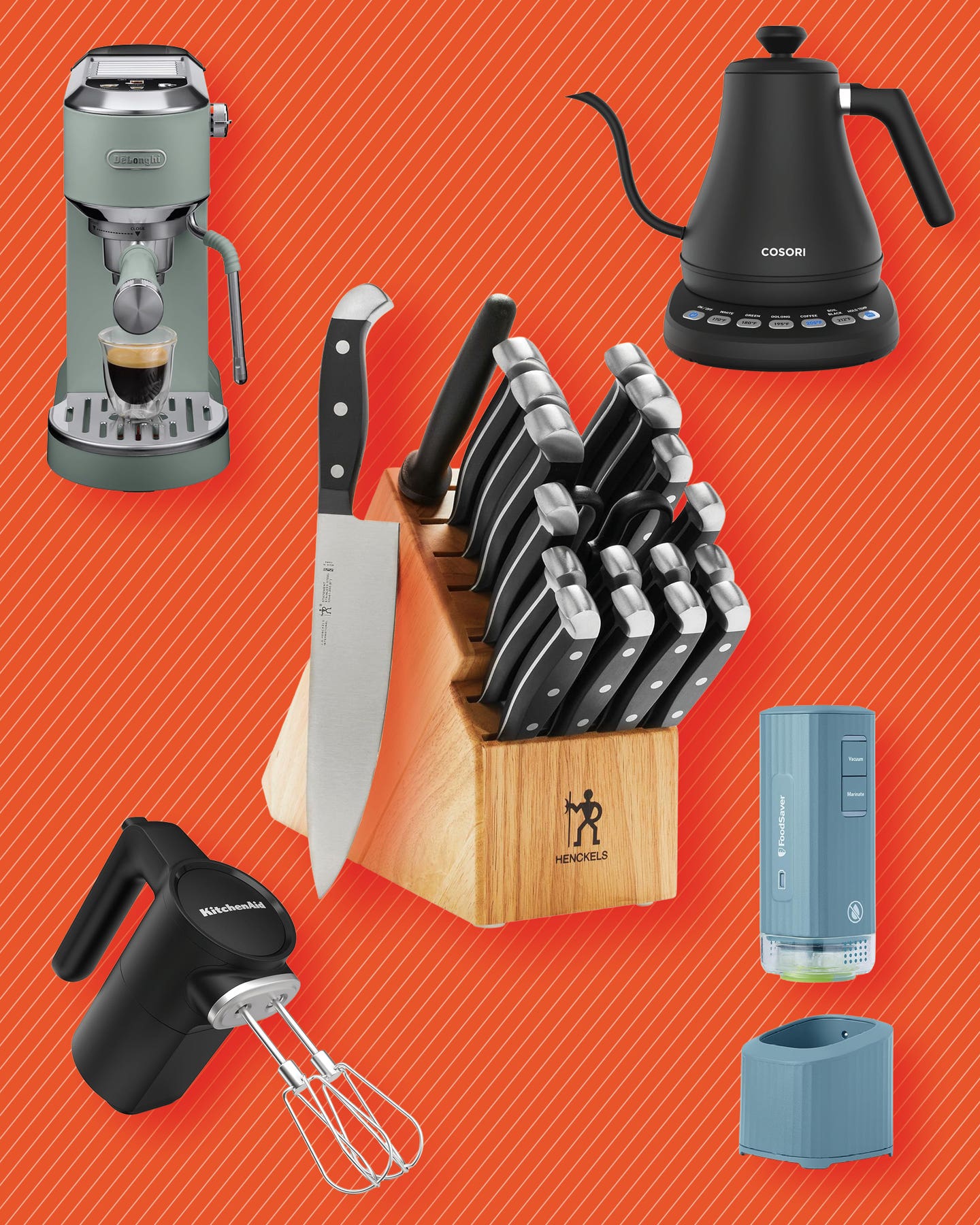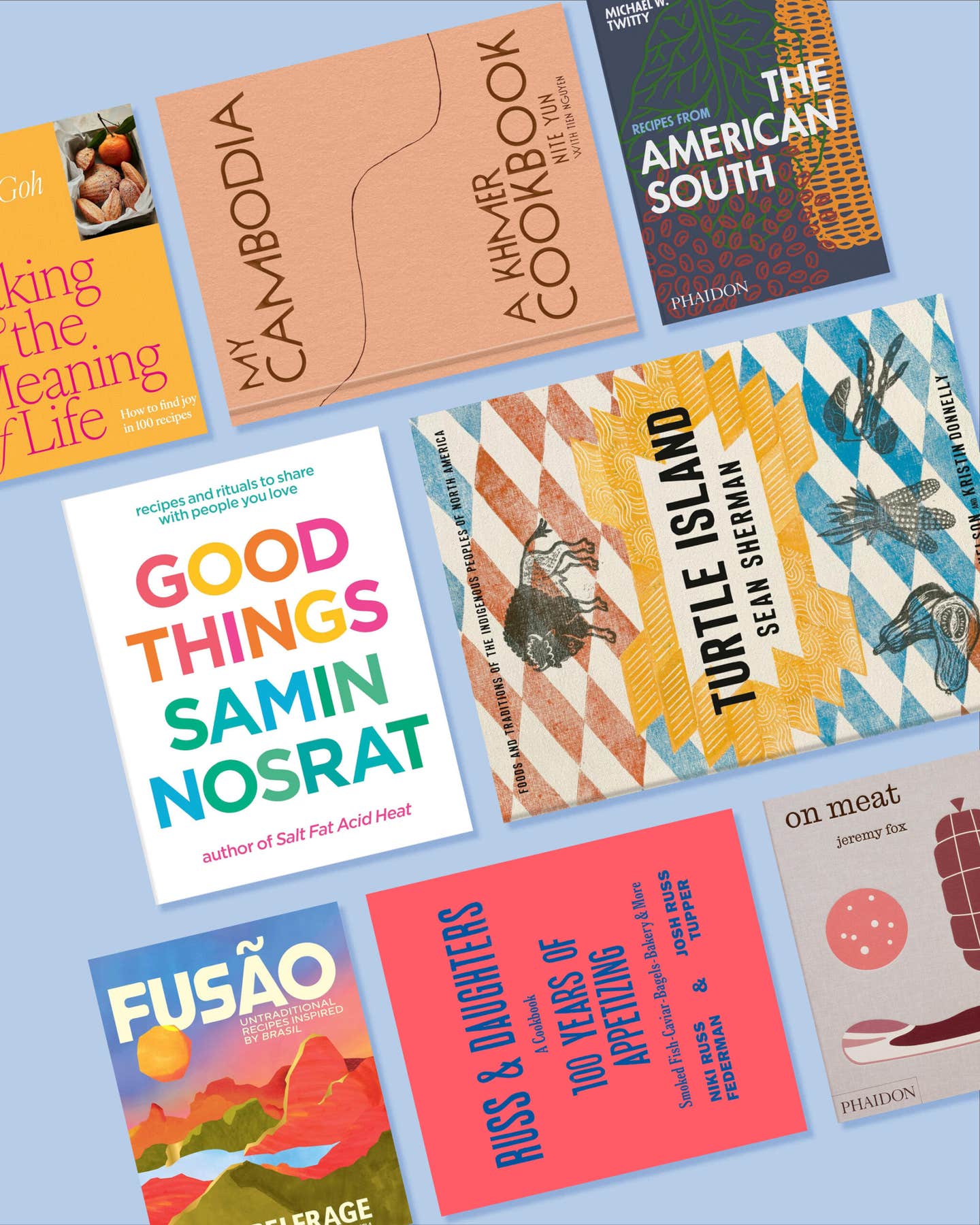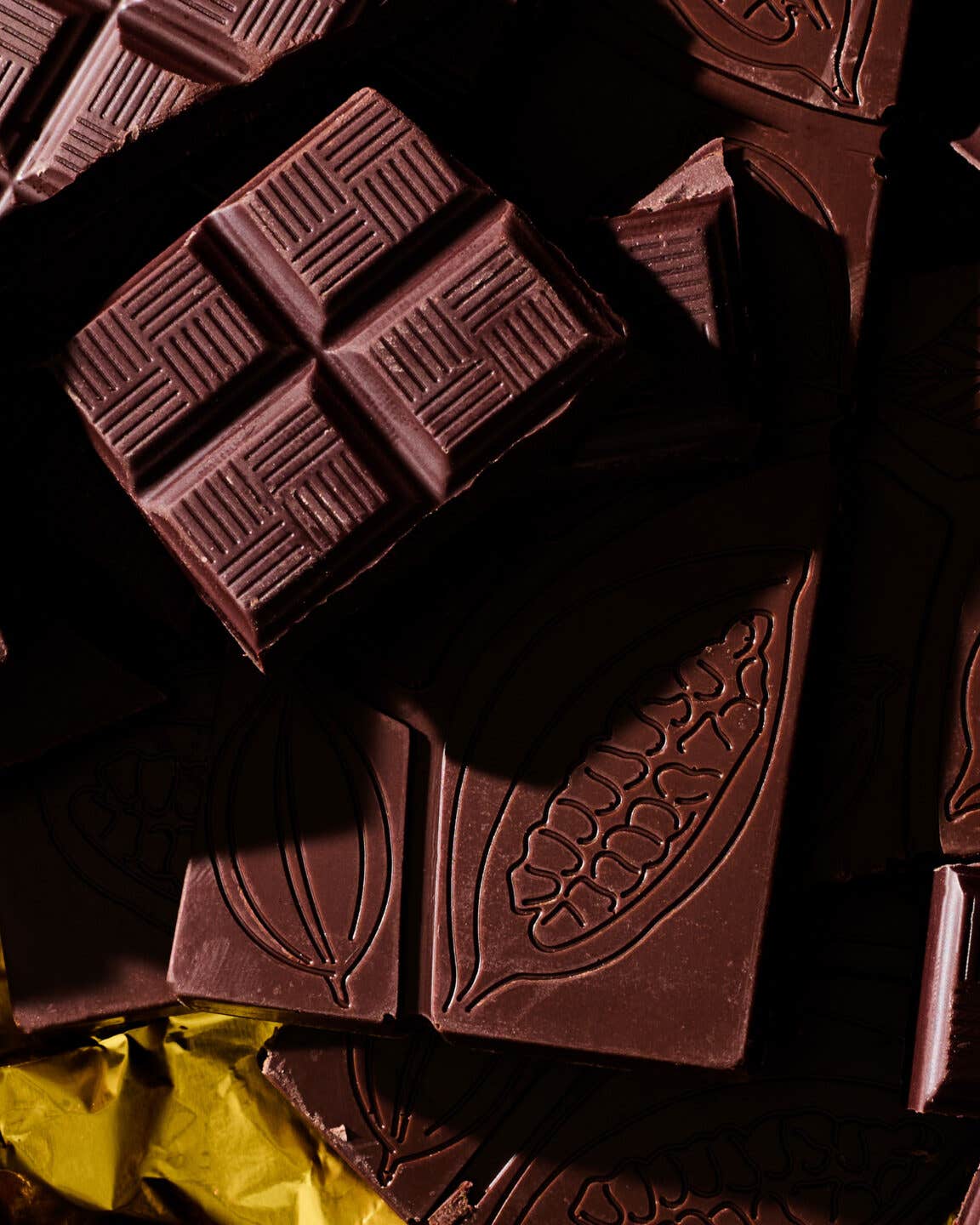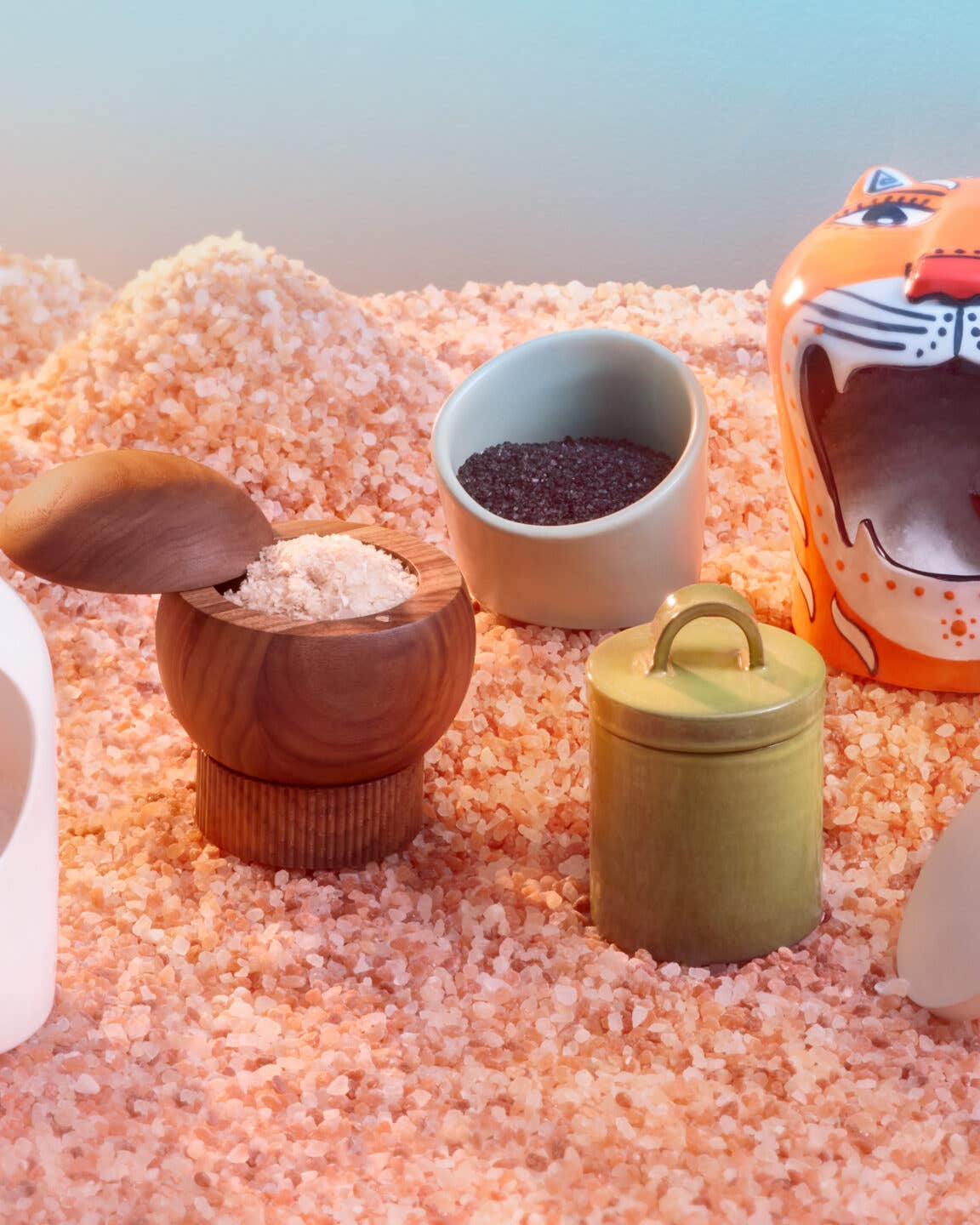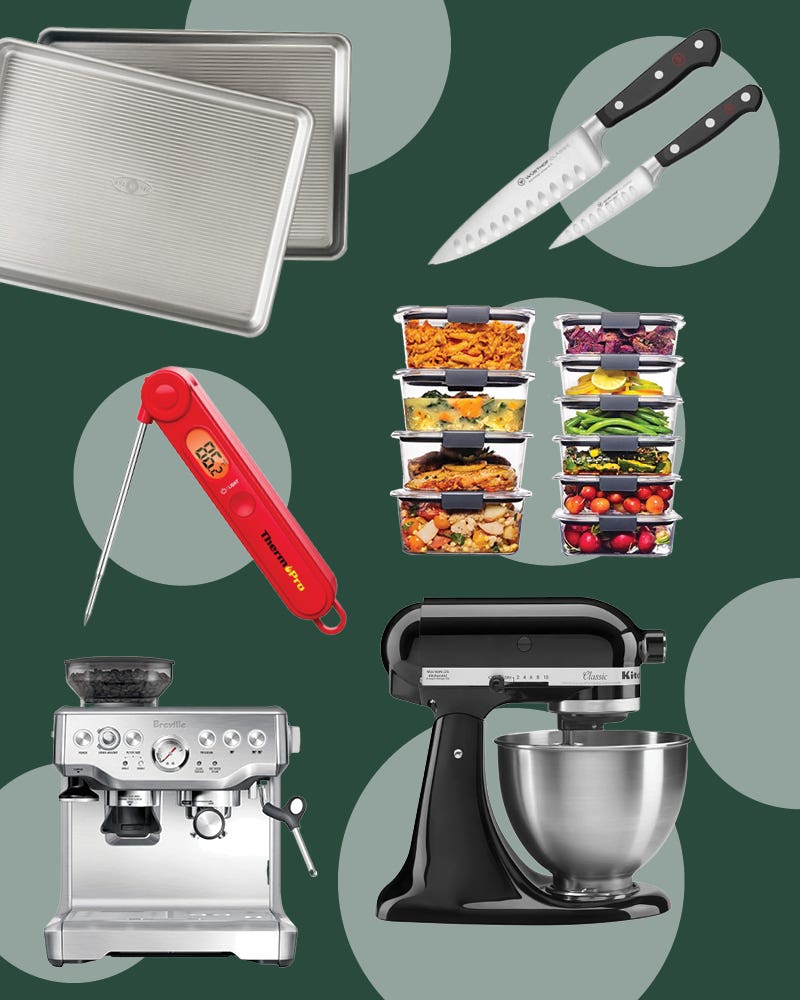Caffeinate Your Cocktail With the Best Coffee Liqueurs
Espresso martini, coming right up.
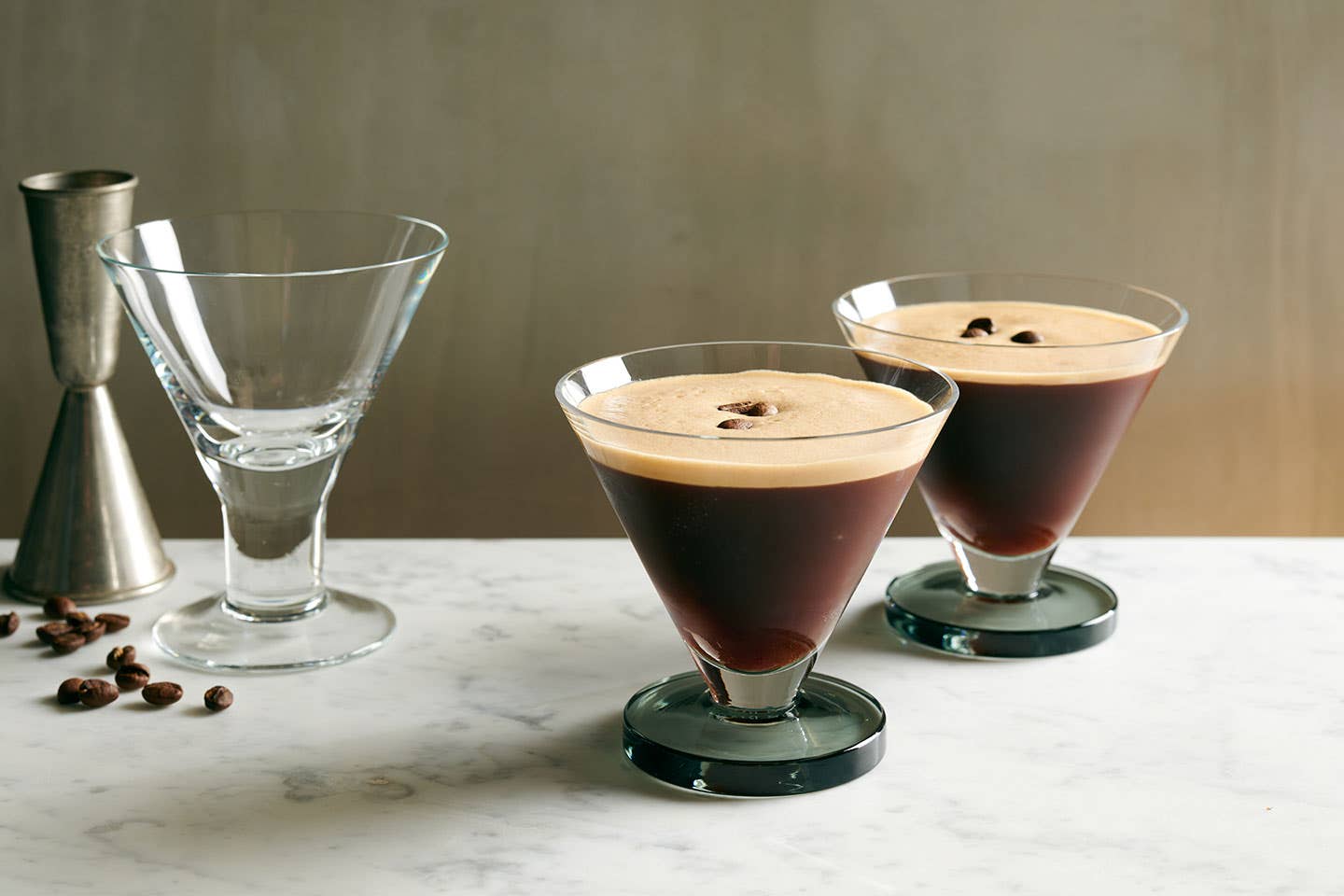
PHOTOGRAPHY BY DAVID MALOSH, FOOD STYLING BY SIMON ANDREWS, PROP STYLING BY SUMMER MOORE
If you’re in the market for a coffee liqueur these days, chances are you’re looking to whip up 2021’s unofficial drink of the year, the espresso martini. “Espresso martinis are everywhere (again),” proclaimed The New York Times, noting a resurgence of the drink and, by extension, its key ingredient, coffee liqueur. Indeed, if the numbers are any indication: The coffee-flavored liqueur category grew by 23 percent in 2021.
Of course, there’s more to coffee liqueurs than espresso martinis, which fuse coffee, coffee liqueur, and vodka. (See our best vodkas guide here.) It’s also integral to other coffee cocktails, like the decadent White Russian, made with cream, coffee liqueur, and vodka; and the Black Russian, which holds the cream. Beyond vodka, coffee liqueur can also be used in variations of the carajillo, or Mexican spiced coffee—think: a better espresso martini, typically shaken with espresso or cold-brew concentrate and Licor 43, a vanilla liqueur. And finally, like other liqueurs, coffee liqueurs make for a nice after-dinner sipper on the rocks.
Thankfully, there are more options than ever for the coffee liqueur enthusiast. While we still love Kahlúa, the O.G. super-versatile Mexican coffee liqueur produced since the 1930s, the craft spirits boom has also brought welcome newcomers and innovation in the category. One of-the-moment bottling to keep on the shelf is Mr. Black coffee liqueur, which also produces an excellent single-origin Ethiopian expression. Here, we’ve rounded up the best coffee liqueurs, whether you’re shaking or sipping.
Our Top Picks
- Best Overall (and for Espresso Martinis): Mr. Black
- Best Value: Kahlúa
- Best for Sipping: J. Rieger Caffè Amaro
- Best for Carajillos: Cazcabel
- Best for White Russians: St. George NOLA
- Best for Digestifs: Jägermeister Cold Brew Coffee
Best Overall (and for Espresso Martinis): Mr. Black
Where it’s made: Erina, Australia | Flavor: cold brew | ABV: 25% | Bottle volume: 750mL
Best Overall (and for Espresso Martinis)
Why we chose it: Bold and luxurious, this is the gold standard for coffee liqueurs, both for sipping and mixing.
Mr. Black has become a crowd favorite for premium coffee liqueurs thanks to the meteoric rise of the espresso martini; it’s listed on nearly every top recipe for the drink. In 2020, it topped the super-premium coffee spirit category; and in 2021, it had the category’s fastest-growing distribution. Roasted and distilled in Australia’s New South Wales region, the liqueur starts with cold-brew coffee, Australian wheat vodka, and a hint of cane sugar. It makes sense: Australia is known for its craft coffee culture, and the beans used here are 100 percent ethically sourced, specialty-grade arabica. Cold-brewing the coffee allows its most aromatic notes of tobacco and chocolate to shine, while striking a coveted balance between sweet, bitter and warming.
Best Value: Kahlúa
Where it’s made: Veracruz, Mexico | Flavor: coffee, vanilla | ABV: 20% | Bottle volume: 750mL
Best Value
Why we chose it: It’s a tried-and-true favorite that delivers a serious bang for your buck.
Produced in 1936 in Veracruz, Kahlúa is the world’s top-selling coffee liqueur (by a long shot). Naturally, it’s what most people think of when they think of coffee liqueur. And unlike many affordable mass-market products in other categories, Kahlúa is actually quite likable. Made from 100 percent arabica beans blended with rum, the liqueur offers pleasant hints of cinnamon and vanilla that make it a versatile workhorse in an array of cocktails. For further customization and experimentation, the company also offers fun flavors like chile-chocolate, salted caramel, mint mocha and blonde roast.
Best for Sipping: J. Rieger Caffè Amaro
Where it’s made: Kansas City, Missouri | Flavor: coffee, Italian botanicals | ABV: 31% | Bottle volume: 750mL
Best for Sipping
Why we chose it: This unique coffee-and-amaro mashup delivers the best of both worlds.
J. Rieger Caffè Amaro is the reason we love when bartenders try their hand at crafting spirits and do it well. The coffee-infused amaro is the brainchild of J. Rieger co-founder Ryan Maybee, who created prototypes of the stuff while working behind the stick as the owner and bartender of Kansas City’s Manifesto. Sourced from local Kansas City roaster Thou Mayest, the single-origin cold brew is fused with seven traditional amari botanicals—including juniper, star anise, orange peel and gentian root—which have been steeped in neutral grain spirit and rested briefly in whiskey barrels. Sweetened with sugar cane syrup, the final result is a drier, bitter-forward amaro that’s rounded out by the coffee’s warming spices and aromas of sweet licorice and vanilla.
Best for Carajillos: Cazcabel
Where it’s made: Arandas, Mexico | Flavor: chocolate, coffee, earthy agave | ABV: 34% | Bottle volume: 700mL
Best for Carajillos
Why we chose it: Notes of vanilla, and Mexican origin, make this a simple shoo-in for carajillo riffs.
Produced by an independent tequila micro-distillery in the highland town of Arandas, Mexico, this coffee liqueur employs a blanco, or unaged, agave spirit as the base. As in all production of agave spirits, terroir is the key here, and the mineral-rich soils found in the state of Jalisco yield healthy, thriving plants. As the earthy agave meets fragrant, fruity arabica, sourced from the southwest coast of Mexico, the resulting liqueur is silky smooth and rich with fresh-roasted coffee, caramel and vanilla. A dry finish doubles-down on the dark coffee undertones. The already-present notes of vanilla make this liqueur ideal for a carajillo riff that splits the Licor 43 base with Cazcabel.
Best for White Russians: St. George NOLA
Where it’s made: California | Flavor: coffee, sweet, earthy | ABV: 25% | Bottle volume: 750mL
Best for White Russians
Why we chose it: Chicory and coffee are natural bedfellows, even in a liqueur.
New Orleans style is its own genre of coffee and roast, so naturally it has been well-represented in the liqueur space, as well. Though it’s produced by California’s St. George Spirits, this coffee liqueur pays homage to Crescent City with the distinct use of French chicory root along with Madagascan vanilla and sugar to flavor the Yirgacheffe-sourced Ethiopian beans. The coffee is made via cold infusion to preserve its key flavors and aromas, while also making room for the well-known chicory flavor that screams New Orleans. Try this on the rocks or with cream, as well as in spirit-forward drinks like old fashioned variations.
Best for Digestifs: Jägermeister Cold Brew Coffee
Where it’s made: Germany | Flavor: coffee, herbal | ABV: 33% | Bottle volume: 750mL
Best for Digestifs
Why we chose it: It’s the ultimate after-dinner shot of coffee.
Forget what you think you know about Jägermeister. Most commonly visualized in ice-cold shot form, the German herbal liqueur is actually quite complex—it’s made with 56 botanicals—and equally ideal for sipping as a digestif or mixing in cocktails. Released in 2019, this coffee-based expression fuses all 56 of those herbaceous ingredients with the light chocolatey notes of 100 percent arabica cold brew. You’ll still get plenty of the heady licorice upfront, and the bitterness of the coffee blends easily into the existing profile.
How We Chose These Products
In addition to a working familiarity with these products, we tested several new expressions for aroma, taste and versatility in drinks. Each new coffee liqueur tested was used in different cocktail recipes, including an espresso martini and White Russian. Beyond the liquid, we take sustainability and price into consideration as well. We’re grateful to our industry friends who offer valuable insight and recommendations from behind the bar.
Features to Keep in Mind When Shopping for the Best Coffee Liqueurs
Aroma and Taste
Unsurprisingly, some of the best classic coffee liqueurs are those that spotlight the quintessential flavors and aromas celebrated in regular coffee: chocolate, tobacco and baking spices. If you plan to mix with your liqueur, make sure it has sufficient coffee flavors and sweetness to stand up to vodka in an espresso martini or cream in a White Russian.
Alcohol Percentage
Like many liqueurs, coffee liqueurs typically clock in somewhere between 25 to 35 percent ABV. There are exceptions, of course, but this range allows the liqueur to remain sufficiently sweet and drinkable.
Versatility
The wide range of flavor profiles across coffee liqueurs allows different brands and expressions to be leveraged for different occasions and purposes. A botanical offering, like J. Rieger’s coffee-infused amaro, for example, may be perfect on the rocks. Others that are more true coffee liqueurs might be too sweet for some palates as is but ideal for cocktails made with vodka, gin or rum. And plenty of classics can be riffed on using coffee liqueur, from negronis to old fashioneds.
Ask the Experts
Q: Is coffee liqueur the same as Baileys and Kahlúa?
Kahlúa is a Mexican coffee liqueur (the world’s best selling coffee liqueur, in fact) and Baileys is a widely known Irish cream liqueur made by mixing Irish whiskey with cream. While one is coffee and the other is whiskey and cream, both are welcome additions to a home bar.
Q: What can I make with coffee liqueur?
The best known cocktails that specifically call for coffee liqueurs are the espresso martini, White Russian and Black Russian. But almost any dessert cocktail recipe, along with many that just call for a sweet liqueur, can be amped up with a coffee liqueur.
Try it in spirit-forward cocktails made with whiskey, tequila or rum, or shake it with cream and other sweet liqueurs (like vanilla liqueur or creme de menthe) to create your own fun, confectionary drinks. On the other hand, for a refreshing cocktail, try the coffee liqueur with a splash of tonic or soda depending on how sweet it is.
Q: How do I make a White Russian cocktail?
This simple three-ingredient cocktail is one worth committing to memory if you love creamy coffee drinks. Just combine one part coffee liqueur with two parts vodka in a rocks glass. Add ice, stir and float some heavy cream on top.
Our Take
Coffee liqueurs are having a moment, so dive right in. If you’re into mixing, coffee cocktails are some of the most approachable drinks, both because they’re typically pretty simple and because coffee is such a familiar flavor reference point. Most people know what type of coffee they like, what they like about it—whether that’s bolder and more chocolatey or lighter and more fruity—and how to make it. These same principles apply here. When testing out a coffee liqueur, sip it on the rocks or give it a quick shake to see how it holds up in an espresso martini.
Keep Reading
Continue to Next Story
